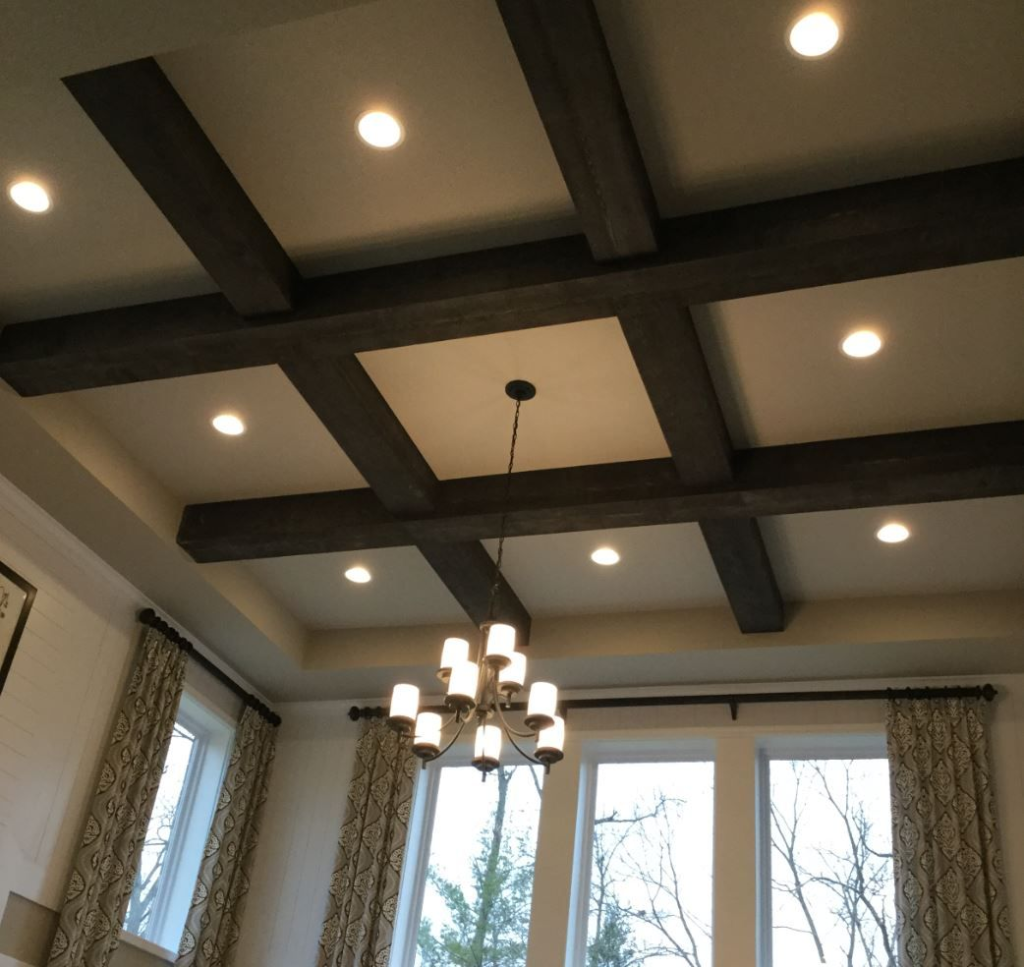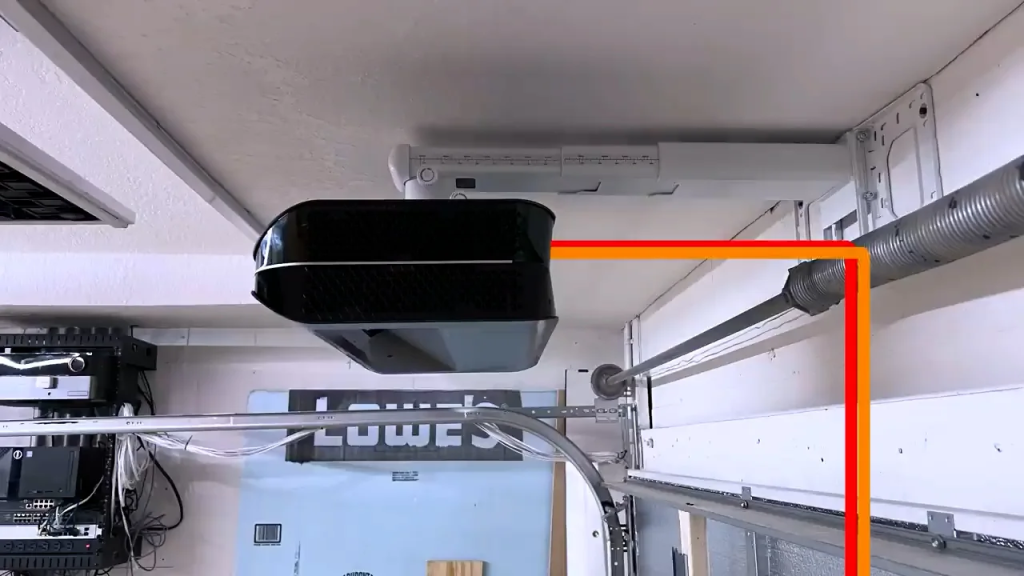Lighting can dramatically impact the ambiance and functionality of any room, but when it comes to a dining room with a high ceiling, the choices become even more crucial. Proper lighting not only enhances the aesthetic appeal of your space but also ensures that the dining area is both welcoming and functional. In this guide, we’ll explore the best lighting solutions for dining rooms with high ceilings, offering tips and ideas to help you make the most of your space.

Why Lighting Matters for Dining Rooms with High Ceilings
Dining rooms with high ceilings present unique challenges and opportunities when it comes to lighting. High ceilings can create an elegant and open atmosphere, but they also require thoughtful lighting to ensure the space feels cozy and well-lit.
Creating Ambiance and Functionality
The right lighting can help define different areas within a large dining room. For example, a stunning chandelier or pendant light can serve as a focal point, while additional lighting sources can provide balanced illumination throughout the space. This approach not only enhances the overall ambiance but also ensures that your dining area is functional for various activities.
Read too: Bathroom Flooded Through the Ceiling: A Comprehensive Guide
Maximizing Visual Impact
High ceilings offer an opportunity to make a bold statement with lighting fixtures. Larger and more dramatic lighting options, such as oversized chandeliers or multi-tiered pendant lights, can draw the eye upward and add a sense of grandeur to your dining room. At the same time, layered lighting strategies can help break up the space and prevent it from feeling too vast or empty.
Lighting Options for Dining Rooms with High Ceilings
When selecting lighting for a dining room with a high ceiling, consider a combination of different lighting types to achieve the desired effect. Here are some popular options to consider:
1. Chandeliers
Chandeliers are a classic choice for dining rooms with high ceilings. Their size and design can make a dramatic statement, enhancing the room’s elegance. When choosing a chandelier, consider the following:
- Size and Scale: Ensure that the chandelier is proportionate to the size of the room. A large chandelier can serve as a focal point and provide ample illumination.
- Height: Install the chandelier at a height that allows for comfortable clearance while maximizing its visual impact. A good rule of thumb is to hang the chandelier about 30-36 inches above the dining table.
2. Pendant Lights
Pendant lights are another versatile option for high ceilings. They can be used alone or in clusters to create a customized lighting scheme. Key considerations include:
- Adjustable Length: Choose pendant lights with adjustable cords or rods to ensure they can be hung at the ideal height.
- Grouping: For a modern look, consider grouping multiple pendant lights at varying heights to create visual interest.
3. Recessed Lighting
Recessed lighting, also known as can lights, provides a clean and unobtrusive way to illuminate a dining room with high ceilings. This type of lighting is ideal for general illumination and can be used in conjunction with other fixtures. Consider:
- Placement: Install recessed lights evenly throughout the room to ensure uniform lighting.
- Dimmer Switches: Use dimmer switches to adjust the light intensity based on the occasion and mood.
4. Wall Sconces
Wall sconces can add a touch of sophistication to your dining room while providing additional light. They are especially useful for accent lighting and can help highlight architectural features or artwork. Consider:
- Placement: Install wall sconces at eye level to ensure they provide effective illumination without being overpowering.
- Style: Choose sconces that complement the overall design of the room.
Lighting For Dining Room With High Ceiling: Tips and Tricks
1. Layered Lighting
To achieve a well-balanced and functional lighting scheme, incorporate multiple layers of light in your dining room. This approach typically includes:
- Ambient Lighting: Provides overall illumination and sets the tone for the room. Chandeliers and recessed lighting are great options.
- Task Lighting: Focuses on specific areas, such as the dining table. Pendant lights and adjustable fixtures can be used for this purpose.
- Accent Lighting: Highlights features such as artwork or architectural details. Wall sconces and track lighting can be effective for accent lighting.
2. Consider Light Fixtures’ Scale
For high ceilings, scale is crucial. Opt for larger fixtures that complement the room’s proportions. Oversized chandeliers, multi-tiered pendant lights, and dramatic wall sconces can help fill the vertical space and make a bold statement.
3. Use Dimmer Controls
Incorporating dimmer controls allows you to adjust the lighting to suit different activities and moods. This flexibility is especially useful in a dining room, where lighting needs may change from bright and functional to soft and intimate.
4. Incorporate Natural Light
Don’t forget the impact of natural light. If possible, maximize daylight through windows and skylights. Combining natural light with artificial lighting can enhance the overall ambiance and make the space feel more inviting.
5. Experiment with Light Placement
Try different placements and heights for your light fixtures to see what works best for your space. Use temporary solutions, such as adjustable pendant lights or portable fixtures, to test various configurations before making a final decision.
Maintenance and Care
Maintaining your lighting fixtures ensures they continue to perform well and look great. Regular cleaning and checking for any issues will help prolong their lifespan.
Cleaning Tips
- Dust Regularly: Dust light fixtures and bulbs to maintain optimal light output.
- Clean Glass and Shades: Use a soft, damp cloth to clean glass elements and shades to remove smudges and dirt.
- Check for Bulb Replacement: Replace burnt-out bulbs promptly to ensure consistent lighting.
Safety Considerations
- Ensure Proper Installation: If installing new fixtures, ensure they are securely mounted and wired correctly to prevent any safety hazards.
- Inspect Wiring: Periodically check the wiring for any signs of wear or damage.
Conclusion
Lighting for dining rooms with high ceilings presents unique opportunities to enhance both the functionality and aesthetics of your space. By selecting the right fixtures and incorporating layered lighting strategies, you can create a dining area that is both stylish and practical. Whether you opt for a stunning chandelier, versatile pendant lights, or a combination of different lighting types, the key is to find a solution that complements your room’s design and meets your needs.
With thoughtful planning and attention to detail, you can transform your dining room into a beautifully lit space that is perfect for any occasion.


















